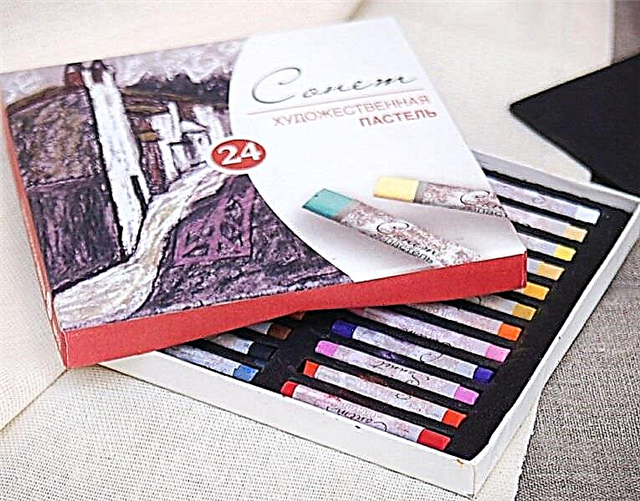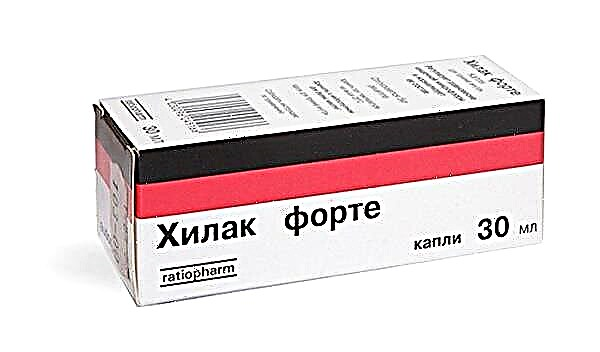
In the treatment of stomach diseases, medicines are often used that reduce the production of hydrochloric acid. One of them is the drug of the well-known company "AstraZeneca" called "Nexium". The drug is usually prescribed for adults with duodenal ulcer or stomach ulcer, but sometimes it is prescribed for children.

Release forms
Nexium is available in three dosage forms.
- Suspension. This option is prescribed for children most often. Inside the portioned sachets of this "Nexium" there is not liquid, but yellow granules and pellets. Before use, they are diluted with water, obtaining a yellowish sweet suspension. One box contains 28 sachets.
- Pills. They have an oblong convex shape and have a pink shell. This medication comes in two dosages marked on one side of the tablet (“20mG” or “40mG”). The drug is packed in blisters of 7 pieces and sold in packs of 7 to 28 tablets.
- Injections. This type of "Nexium" is a vial with lyophilisate - a white compressed mass, which is diluted with saline before injection. One package contains 10 bottles.
Composition
All forms of Nexium act on the digestive system through an ingredient called esomeprazole. In one suspension bag, it is contained in a dose of 10 mg and is supplemented with hyprolose, sucrose, dextrose, crospovidone and several other substances. One tablet contains 20 or 40 mg of esomeprazole, and there are also such auxiliary components as macrogol, hypromellose, paraffin. One vial of the lyophilisate contains 40 mg of the active substance, to which sodium hydroxide and disodium edetate are added.
Operating principle
The main component of "Nexium" affects the cells of the stomach, inhibiting the proton pump - a special enzyme responsible for the secretion of hydrochloric acid. The result of this mechanism of action will be a decrease in the production of gastric juice, which is observed within an hour after taking the medicine. This promotes the healing of esophagitis and ulcers if they are caused by acidity and the reflux of stomach contents into the esophagus.

Indications
The only indication for the use of "Nexium" in childhood is a pathology called gastroesophageal reflux disease (abbreviated as GERD). It is also called reflux esophagitis, because in this disease, the contents of the stomach (including hydrochloric acid) enter the esophagus, which causes inflammation and erosion. For other diseases of the digestive tract, this medicine is not given to children.

At what age is it prescribed?
In injections and in suspension, "Nexium" is prescribed for children over a year old with a patient weighing more than 10 kg, and in tablet form - from 12 years old. For babies of the first year of life, such a medicine is contraindicated.
If the child is over a year old, but his weight is low (less than 10 kg), then Nexium is not used either.
Contraindications
"Nexium" is not prescribed for children who have revealed hypersensitivity to any component of the drug. The suspension and tablets are also not used in patients with fructose intolerance, glucose malabsorption and similar pathologies.
For serious kidney disease, medication is given with caution.

Side effects
During treatment with Nexium, a negative reaction to the drug may occur in the form of headaches, constipation, urticaria, nausea, flatulence and other symptoms. If they occur, you should consult your doctor to replace the drug with an analogue.
Instructions for use
The form of the medicine is chosen depending on the condition of the child and his age:
- if the child is from one to 12 years old, then often he is given liquid "Nexium";
- with vomiting, the suspension is replaced with injections, but as soon as the condition improves, they immediately switch to ingestion;
- if a child over 12 years old cannot swallow a tablet preparation, he can be given Nexium in suspension.
To prepare a suspension, it is necessary to pour non-carbonated water into a glass and pour pellets and granules there. To dilute the powder, 15 ml of liquid is taken from one sachet. After stirring the medicine and giving it to the little patient to drink, you need to add a little more water to the glass so that the child can finish the rest of the medicine.
You cannot chew pellets with granules or grind them in any other way. This recommendation also applies to the tablet preparation. "Nexium" tablets are best swallowed with water, if it is difficult for a patient to do this, it is permissible to dissolve one tablet in 100 ml of still water and drink the resulting suspension.


The dosage of the drug is determined based on both the age and weight of the child:
- if the body weight of the crumbs is from 10 to 20 kg, then a single dose will be 10 mg;
- with a body weight of more than 20 kg at the age of 1-11 years, the drug is given at 10 or 20 mg per dose;
- from the age of 12, a single dosage increases to 40 mg, but maintenance therapy can be carried out at 20 mg.
With GERD, the medication in suspension is taken once a day, and the course of treatment can last up to 8 weeks. The lyophilisate diluted with saline is injected into a vein by a jet or through a dropper.


Terms of sale and storage
All dosage forms of Nexium are sold by prescription. One package of sachets for preparing a suspension costs about 2000-2600 rubles, and for 14 tablets with a dosage of 20 mg, you need to pay about 1400-1500 rubles.
The shelf life of the lyophilisate is 2 years, for oral forms - 3 years. Storage of the medicine is recommended at room temperature in a place hidden from sunlight. A suspension prepared from sachets or a tablet dissolved in water can be stored for up to 30 minutes.
Reviews
Nexium is referred to as an effective medicine that helps to eliminate unpleasant symptoms and accelerate recovery from reflux disease in children. The suspension is praised for its pleasant taste and the possibility of use in childhood. The main disadvantage of the drug is called its high price.

Analogs
There are medicines with the same active substance that can be used instead of Nexium.
- A drug "Emanera" from the KRKA company. It is presented in capsules that are given to children over 12 years old.
- Domestic analogue "Esomeprazole Canon"... It is released only in coated tablets, therefore, it is also not prescribed for children under 12 years of age.
- Medicine "Neo-Zext"produced by Sandoz. These are also coated tablets used in patients over 12 years of age.
For gastritis, heartburn, ulcers, as well as how and how NOT to treat the stomach, see the next video.



